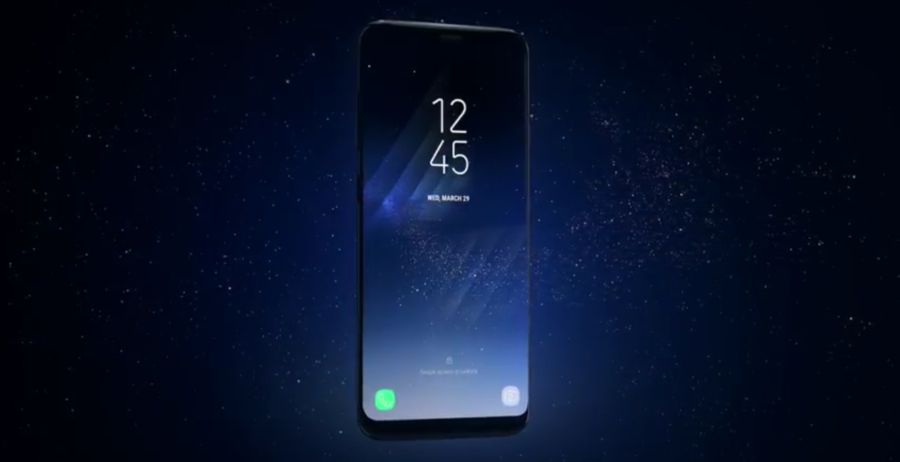Though it has been about a month since the Galaxy S8 lineup launched but we still continue to drool over the one standout feature of Samsung’s newest flagship devices — the Infinity Display. This time around the Korean hardware giant decided to offer consumers a gorgeous smartphone with minimal bezels, rounded edges, and no prominent home button — once its most noticeable feature.
Samsung has included as much display surface it could accommodate on the front of the device. The Galaxy S8 features the 5.8-inch display whereas Galaxy S8 Plus includes a massive 6.2-inch screen, with an unusual 18.5:9 aspect ratio. And we thought that the LG G6 was crazy to include an 18:9 (or 2:1) Full Vision display, which is based on the Univisium concept.
But, what we’re really here to talk about is that some Galaxy S8 and S8 Plus device owners have observed a surprising and unexpected behavior of the home button on the device. Those unaware, the central home button — the trademark of Samsung phones — has been replaced with a new pressure-sensitive on-screen software button. And people report that it moves from its location, meaning that it displaces from its central location.
The movement of the miniature-sized virtual home button placed at the bottom of the screen isn’t noticeable until observed closely. The folks over at Dutch publication GalaxyClub decided to stick something around the home button, i.e the screen, for reference. It enabled them to clearly notice the displacement of the button and it has been recorded in the form of pictures attached underneath.
Now, everyone was scratching their heads about the plausible reason for this activity. But, it has been cleared and confirmed by the official Twitter account of Samsung Netherlands. The reason is — avoiding screen burn-in for the AMOLED display, which remains always active.
Burn-in, for those aloof, means when any image/text is left glued to the same position on-screen then it leaves behind a ‘permanent’ impression of the same. This problem was quite common in CRT monitors but it can also occur in OLED displays as well. Thus, the brainiacs developed screensavers, which helped protect the display by randomly placing images or text on the screen. The objective being a change in pixels on the display — but we don’t worry much about the same anymore.
Last year, Samsung took inspiration from Microsoft’s Lumia devices’ Glance feature and debuted an ‘Always-on display’ feature on their devices. Once enabled, this allowed users to quickly take a peek at notifications, time, and calendar by simply looking at their displays. But, if you hadn’t noticed the clock widget kept floating across the complete display — the reasoning is simple — to avoid it from causing burn-in.
While Samsung has upgraded the OLED technology used in Galaxy S8 lineup’s displays but the Korean hardware giant has still taken precautions to avoid burn-in. The slight, almost unnoticeable movement of the home button on-screen is a clever trick Samsung has implemented. So now, whenever you notice that your home button has shifted positions, just remember this explanation — which is to protect the device.







